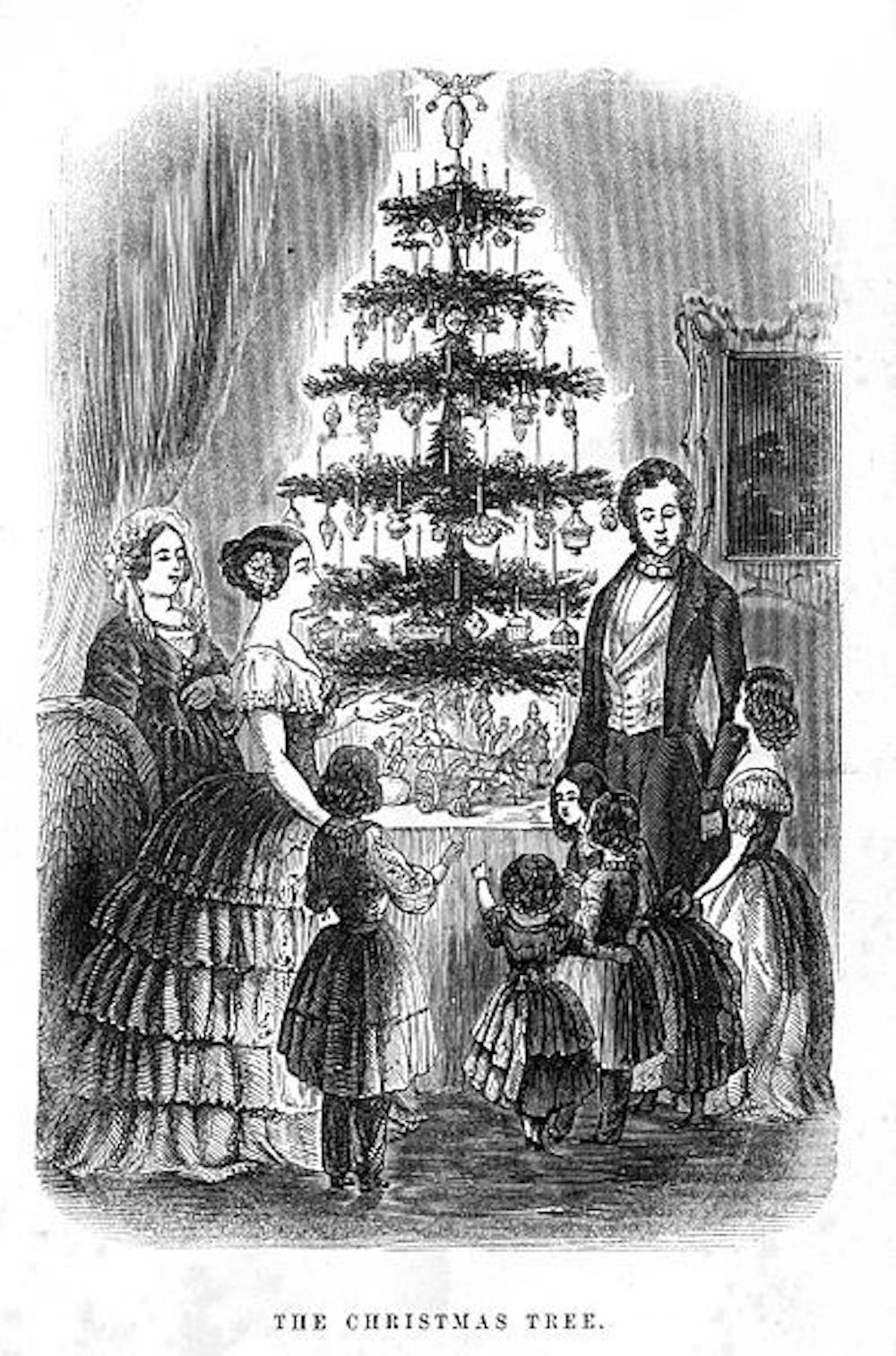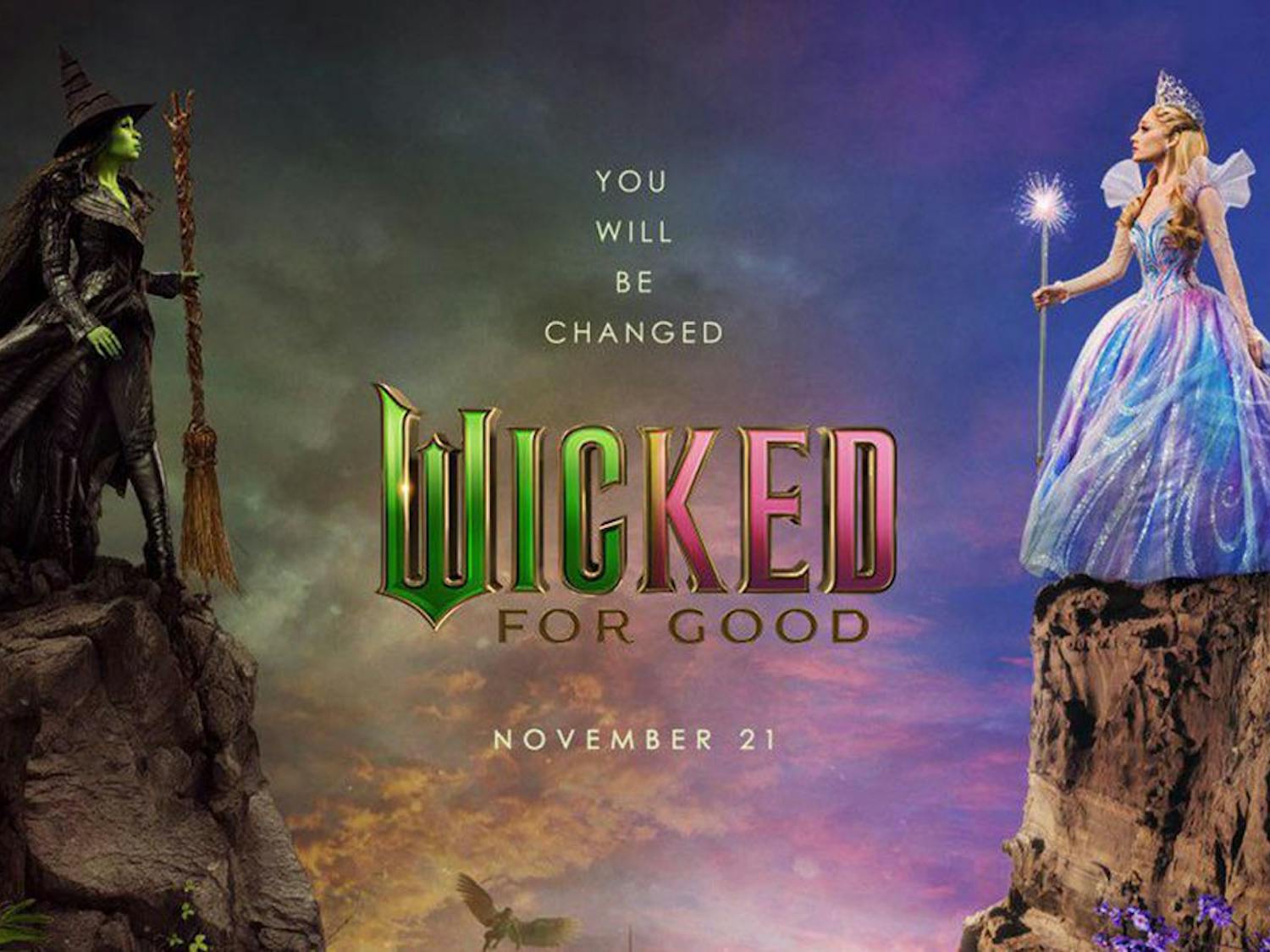When was the first Christmas as we know it celebrated? When did we first start watching Christmas movies and specials, listening to Christmas songs, putting up Christmas trees, sending Christmas cards, and waiting for Santa to bring us presents? And what do those who celebrate Christmas as a religious holiday believe that it’s about?
Christmas movies (1980s to 2000s)
Among all of the Christmas traditions, the most popular theatrical films about the holiday remain the most recent additions. A YouGov poll conducted in December 2018 found that Americans favorite Christmas movies include It’s a Wonderful Life (1946), A Christmas Story (1983), Home Alone (1990), National Lampoon’s Christmas Vacation (1989), Elf (2003), Miracle on 34th St. (1947), Nightmare Before Christmas (1993), and The Polar Express (2004).
A majority of the most popular feature films that Americans identify with Christmas were released during the adulthood of all baby boomers (born from 1946 to 1964), most Gen Xers (born from 1965 to 1980) and the childhood of all millennials (born from 1981 to 1996). If one cannot remember seeing any of these movies for the first time in theaters, they likely have parents who can.
Christmas specials (1960s)

Compared to the most popular Christmas movies, the most popular Christmas specials on television are a couple decades older on average. According to a Monmouth poll conducted in December 2017, the most popular Christmas specials were Rudolph the Red-Nosed Reindeer (1964), A Charlie Brown Christmas (1965), How the Grinch Stole Christmas (1966), and Frosty the Snowman (1969). The Rudolph and Frosty specials were created by the now defunct Rankin/Bass Productions, who were known for their stop motion animation. Other Rankin/Bass specials that have since become Christmas classics include The Little Drummer Boy (1968), Santa Claus Is Comin’ to Town (1970), and The Year Without a Santa Claus (1974). Almost all of the most popular Christmas specials on television were released in the 1960s and re-aired ever since, embedding them in the childhoods of many Gen Xers.
Christmas songs (1930s to 1950s)
The American Society of Composers, Authors and Publishers, or ASCAP, found that a majority of the most popular Christmas songs were written between the 1930s and 1950s. The oldest popular Christmas songs are “Santa Claus is Coming to Town” and “Winter Wonderland”, both released in 1934. The newest among the twenty most popular Christmas songs are “It’s the Most Wonderful Time of the Year” (1963) and “All I Want for Christmas Is You” (1994). But for the most part, Baby Boomers, Gen Xers and millennials will have heard almost all of the same Christmas songs since they were young. Only the Silent Generation (born from 1928 to 1945) and the Greatest Generation (born 1901 to 1927) would be able to recall when most of these songs first hit the radio.
Christmas trees (1848)

The tradition of putting up evergreen trees and decorating them in celebration of Christmas first began in 16th century Europe, with candles used before the advent of electricity. This custom was first brought to North America by German immigrants, but did not become popularized in most of the English-speaking world until 1848. That year, Queen Victoria had a Christmas tree put up in Windsor Castle and decorated for her German prince consort Albert. The Illustrated London News published a lithograph of the royal family’s tree adorned with ornaments and candles, sparking renewed interest in the German custom throughout the United Kingdom, Canada, and the United States.
A Christmas Carol and Christmas cards (1843)
On Dec. 19, 1843, Charles Dickens’ A Christmas Carol was published and introduced the world to Ebenezer Scrooge and the three spirits of Christmas. The work and its many adaptations throughout the years emphasize the virtue of generosity and the importance of family. The depiction of the Cratchit family sitting down to eat a turkey dinner together became influential. For those who couldn’t be with their families on Christmas, an increasingly cheap postal service in the United Kingdom helped people to send letters.
This became a problem for those like Sir Henry Cole, the founder of the Victoria and Albert Museum. According to John Hanc of the Smithsonian.com, Cole was inundated with Christmas correspondence and feared being seen as rude if he failed to reply. Thus, he asked an artist friend of his, J.C. Horsley, to create illustrated cards that read, “A Merry Christmas and A Happy New Year To You.” These were the first Christmas cards, invented in the same year as the publication of A Christmas Carol.
Santa Claus (early 1820s)

Almost all of the traits that we now associate with Santa Claus first appeared together in the early 1820s. The 1821 illustrated children’s poem “Old Santeclaus with Much Delight” depicts Santa Claus, a man with red cheeks framed by a full beard and outfitted in a heavy red coat and hat, traveling on Christmas eve from rooftop to rooftop in a sleigh pulled by a reindeer to deliver toys to good children and black wooden sticks to bad children. Two years later, the Troy Sentinel newspaper in New York published the anonymously submitted 1823 poem “A Visit from St. Nicholas”, known as the “The Night Before Christmas” from its first and most iconic line. The poem describes Santa Claus with a sleigh pulled by eight reindeer: Dasher, Dancer, Prancer, Vixen, Comet, Cupid, Dunder (Donner), and Blixem (Blitzen). In the poem, Santa enters the house through the chimney with a sack of toys and uses it to fill the Christmas stockings of the children inside. Santa is also described as a “jolly old elf”, and the 1857 poem “The Wonders of Santa Claus” published in Harper’s Weekly describes “a great many elves at work” creating toys for Santa.
In the 1860s, political cartoonist Thomas Nast first depicted Santa Claus with essentially all of his defining characteristics, such as living in the North Pole, having a workshop for toys, and creating a list of names of good and bad children. Contrary to some urban legends, depicting Santa in a red suit with a white-trim was not an invention of Coca-Cola. While the soft drink company helped to popularize this image of Santa, Nast and other illustrators had been depicting Santa this way long before Coca-Cola did. And Santa Claus as we know him today draws from the characteristics of even older historical, legendary and poetic figures, including Saint Nicholas and Father Christmas.

Saint Nicholas of Myra was a third century bishop from what is now Turkey, a patron saint of children known for his generosity. In one story, Saint Nicholas secretly left gifts in stockings or shoes that had been hung to dry over a fire. He was later conflated with Father Christmas, the personification of Christmas merriment in medieval England. Father Christmas traditionally appeared with a long, white beard, as well as a hat and coat with fur trimming, as he did in an illustration for the 1658 book, The Examination and Tryall of Old Father Christmas. The book depicts a trial against Father Christmas to satirize the Puritans who ruled the English republic at the time. This was because the Puritans in England had banned Christmas, along with Easter and other holidays, due to celebrations’ perceived ties to Catholicism.
According to historian James Howard Barnett, the Puritans in the New England colonies were similarly contemptuous of Christmas because they thought it was an ahistorical Christianization of a pagan holiday. Christmas would not be restored until Britain become a monarchy again under King Charles I in 1660. According to Barnett, the laws against Christmas celebrations in New England were not repealed until 1681. Fellow historian Karal Ann Marling wrote that the holiday would not become popular in New England until the revival of Christmas celebrations during the 19th century.
Conclusion
Like Santa Claus, Christmas as we know it has changed and grown with our society. The television sets that had found themselves in 90 percent of American households by 1960 were showing Christmas specials and introducing characters like Rudolph and the Grinch to new audiences. When radio entered its golden age in the 1940s, the most popular Christmas songs began to be sung for the first time over its air waves. And when newspapers began to be enjoyed by mass audiences who could now read and afford them in the 19th century, they told readers about ornately decorated Christmas trees and a jovial man who flies throughout the town in a sleigh pulled by reindeer to deliver presents.
But no matter how much the celebration of Christmas has changed throughout the years, for Christians it has remained a celebration of the birth of Jesus for nearly 1,700 years or more. In a 2017 Pew Research Center poll, almost all Christians surveyed said they believe that Jesus was born of the virgin Mary and laid in a manger, before an angel announced his birth to shepherds.
Luke 2:10-14 reads, “Fear not: for, behold, I bring you good tidings of great joy, which shall be to all people. For unto you is born this day in the city of David a Savior, which is Christ the Lord. And this shall be a sign unto you; Ye shall find the babe wrapped in swaddling clothes, lying in a manger. And suddenly there was with the angel a multitude of the heavenly host praising God, and saying, Glory to God in the highest, and on earth peace, good will toward men.”

The History of Christmas

Heads up! This article was imported from a previous version of The Campus Citizen. If you notice any issues, please let us know.
Rudolph the Red-Nosed Reindeer first appeared in a 1939 illustrated children’s book, before appearing in the 1964 film adaptation pictured above. Courtesy of Wikimedia Commons.
Queen Victoria and her family’s Christmas tree, decorated with ornaments and candles, as rendered by an 1848 lithograph from the Illustrated London News. Courtesy of Wikimedia Commons.
Santa Claus, as drawn here by Thomas Nast in 1863, looks almost entirely the same as he does in the modern day. Courtesy of Wikimedia Commons.
Father Christmas, as depicted in this satire of the Puritan ban on the holiday, has more than a passing resemblance to the later Santa Claus. Courtesy of Wikimedia Commons.
1639 painting by Govert Flinck depicts the angelic annunciation to the shepherds as told in the Gospel of Luke.




